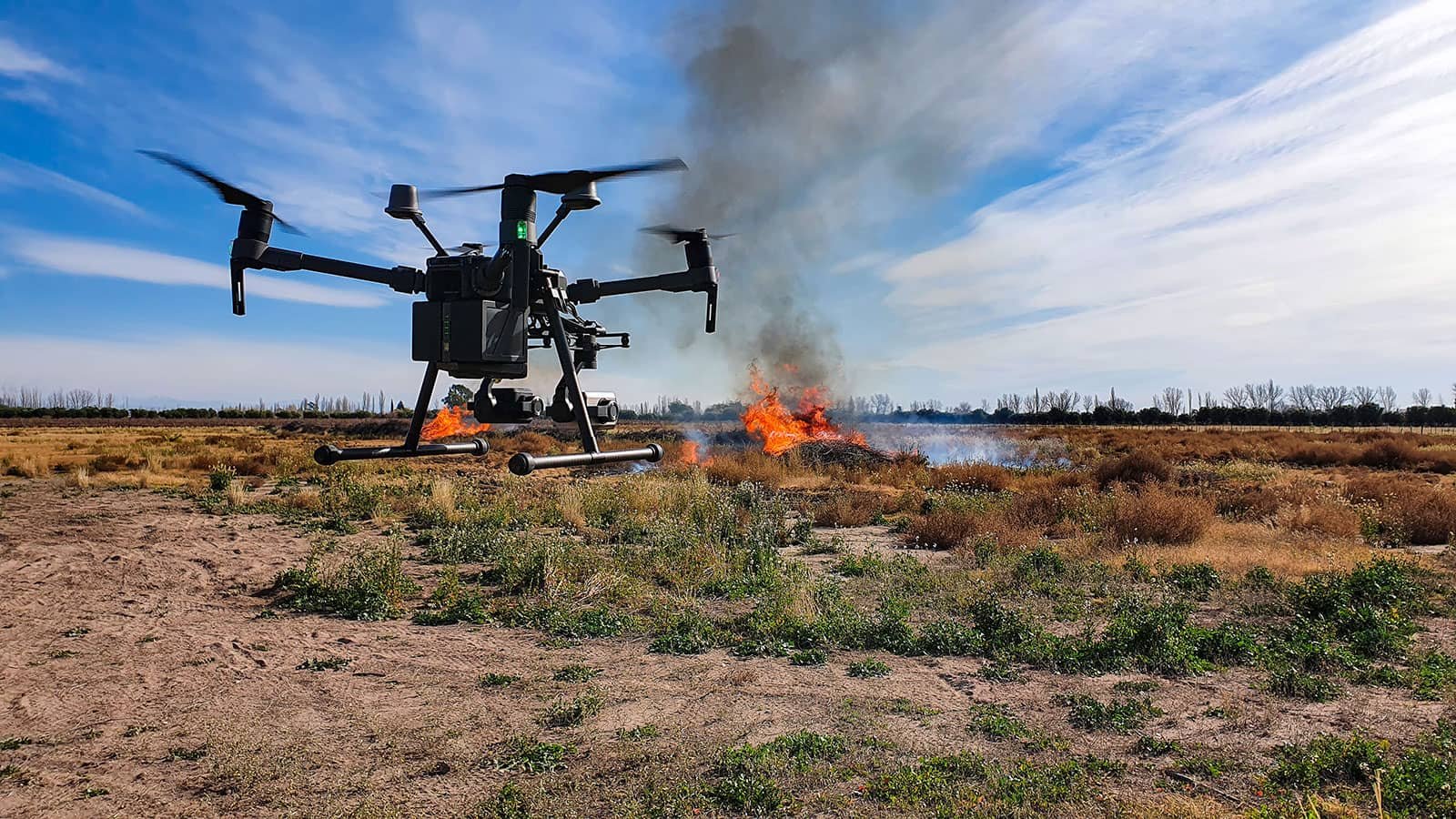
Some of the benefits of drones with thermal cameras include improved mapping, faster response times to disasters, and more accurate surveillance. Thermal cameras can detect objects and people in difficult-to-reach or hazardous areas. Drones equipped with thermal cameras can also be used for environmental monitoring and mapping.
Drones with thermal cameras are becoming more and more popular for a variety of reasons. These drones can provide valuable information about what is happening in an environment, whether it is for security purposes or for agricultural purposes. Thermal cameras can penetrate deep into the ground to detect any potential threats or problems.
Benefits of Drones with Thermal Cameras
There are many benefits to using thermal cameras on drones. These cameras can be used for a variety of purposes, such as monitoring crop health, detecting fires, and monitoring infrastructure. Thermal cameras are especially useful in cold climates, as they can see through snow and ice.
Thermal cameras provide images with a higher resolution than traditional cameras, allowing for better detail and accuracy. Additionally, thermal cameras are able to see in low-light conditions, which is beneficial for surveillance and mapping applications.
PNDStore is reader-supported. When you buy through links on our site, we may earn an affiliate commission. Learn more
Residential Roof Inspection

A residential roof inspection is a mandatory inspection that all homebuyers should consider before making a purchase. A roof inspection can identify potential problems with the roof, such as leaks or damage. A residential roof inspection also can help you decide whether to buy a house with a leaky roof or to look for another house.
A thermal camera is a useful tool for a residential roof inspection. The camera can detect any changes in the temperature of a rooftop, which can indicate potential problems or issues with the roof. Thermal cameras are an affordable way to inspect roofs and can help homeowners reduce the risk of costly repair or replacement.
Thermal cameras are especially helpful for detecting problems on steep or pitched roofs. Thermal imaging gives you a clear picture of any problems that may be on the roof, such as leaks, damaged shingles, or ice dams. This is another great example of the benefits of drones with thermal cameras.
Commercial Building Inspection

Commercial building inspections can be important for a variety of reasons. They can identify potential safety hazards, which might not otherwise be noticed. They can also help to ensure that a building is in compliance with local and national building codes. Finally, they can help to protect the property owner’s investment.
Thermal drones are becoming increasingly popular for commercial building inspection. They are able to fly at high speeds and navigate through tight spaces, making them a valuable tool for inspecting buildings. They are also able to capture detailed images and data, making it easier for inspectors to find problems.
The benefits of drones with thermal cameras are also due to their highly efficient and cost-effective tools and can be used to inspect buildings quickly and without necessitating the use of workers on the ground. The thermal imaging technology used by drones is able to detect various types of heat emissions from a building, allowing inspectors to identify potential problems before they become serious.
Utilities Inspection
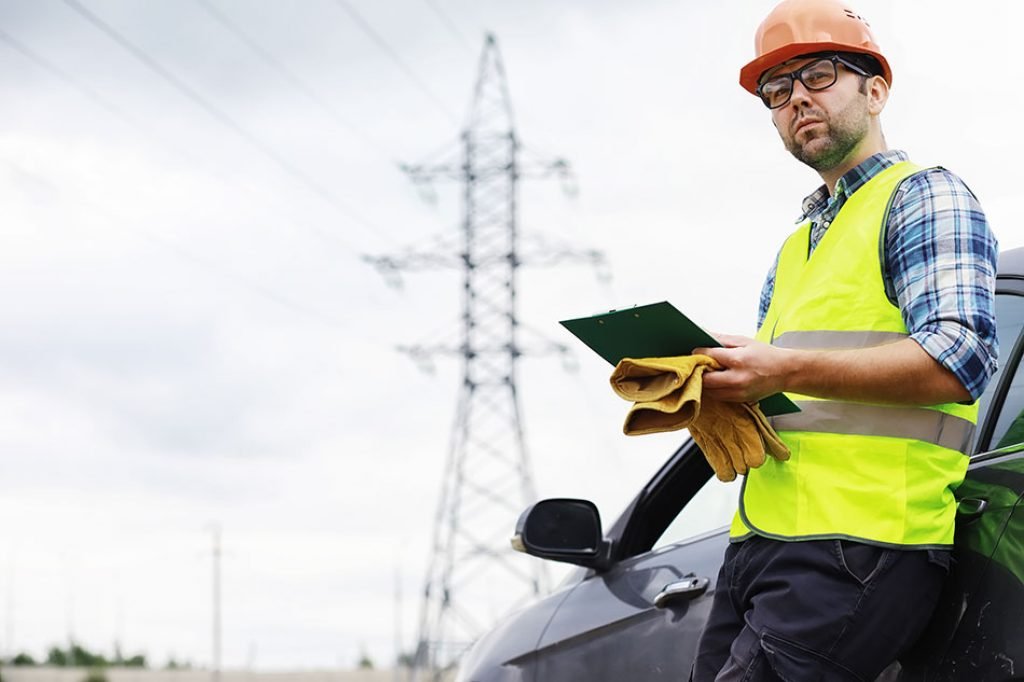
Utilities inspections are important for protecting the public from unsafe or defective installations. Inspectors look for problems such as exposed wires, missing insulation, damaged equipment, and other safety hazards.
Utilities companies are always on the lookout for potential problems in their infrastructure, which is why thermal drones are becoming so popular. These unmanned aerial vehicles can fly over large areas quickly and take detailed pictures of any potential issues. This information can then be used to address the problem before it becomes too big or expensive to repair.
Thermal drones can be a valuable tool in inspecting these systems, as they can take pictures and videos of areas that would be difficult or impossible to see from the ground. Utilities companies rely on thermal drones for inspection purposes because of their high-resolution capabilities. Thermal imaging allows utilities to detect issues such as broken lines, insulation failures, and faulty equipment. Thermal drones are also effective at exploring difficult-to-reach areas.
Industrial Inspection
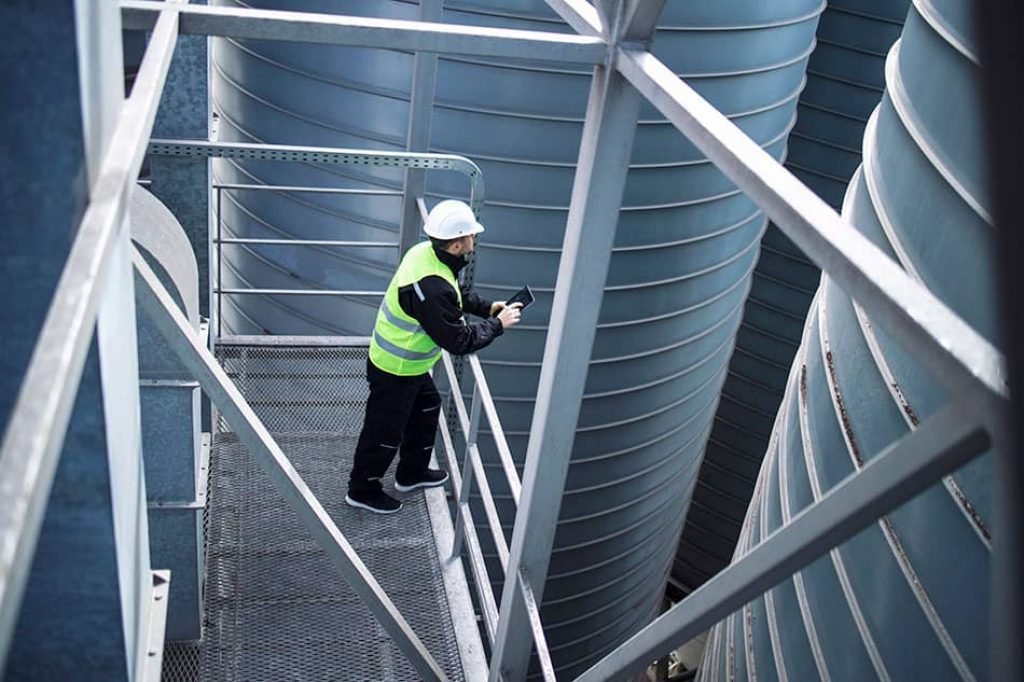
The increasing popularity of thermal drones for industrial inspection has led to a new market for these devices. Thermal drones use infrared or thermal imaging to detect problems in industrial plants. These devices can be used to inspect welds, pipes, and other parts of a plant.
Thermal drones offer an efficient and cost-effective way to inspect industrial plants and processes. By using thermal imaging and other sensors, these drones can detect potential problems before they become serious. Thermal drones are also simple to operate, making them ideal for use in small or remote areas.
The application of thermal drones for industrial inspection has been growing in popularity because of their ability to efficiently and quickly survey large areas. This technology can help inspectors identify problems and potential hazards, which could lead to safer, more efficient production. Thermal drones are also relatively inexpensive, making them a cost-effective option for businesses of all sizes.
Fire Fighting and Rescue
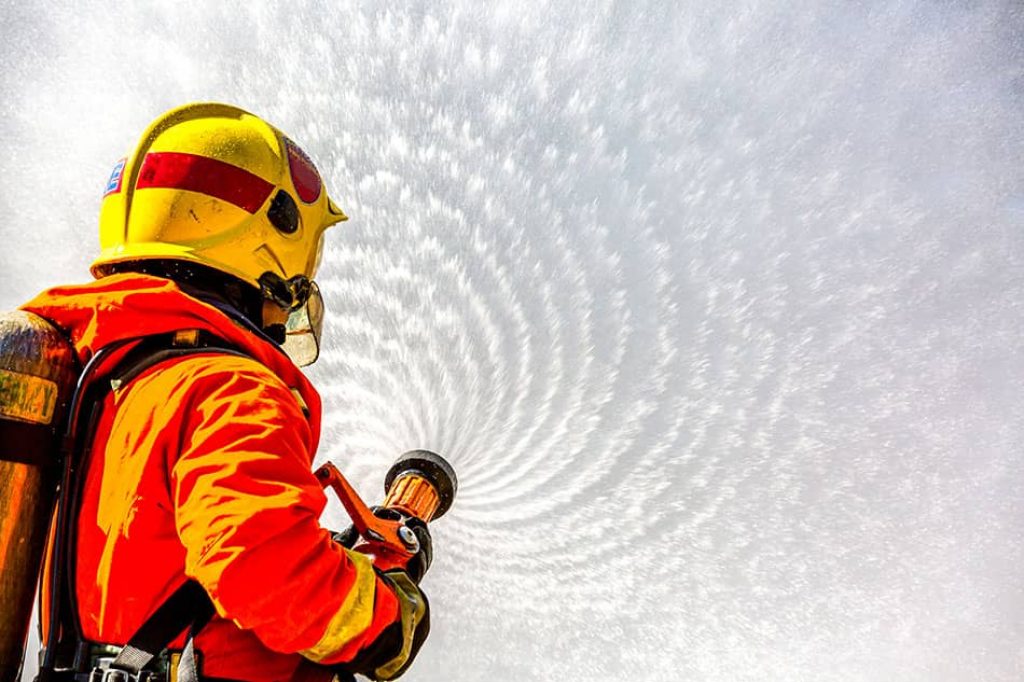
With the increasing frequency and severity of fires, it is important that firefighters have tools to help them tackle these emergencies. Thermal drones can provide a valuable asset in firefighting and rescue operations. They provide firefighters with an aerial view that they cannot get from ground level, and they can help firefighters direct water onto the flames.
Thermal drones are a new option for firefighters and rescue workers when it comes to battling fires. These miniature aircraft use a special heat-seeking system to find and extinguish fires. Thermal drones can be mounted with cameras and sensors to help firefighters map out the scene, plan strategies, and make accurate decisions about where to put water on the fire.
Thermal drones are being used more and more as a part of emergency response. Thermal drones can be used for fire fighting and rescue. They can be used to search for people or objects in smoke or fire. They can also be used to drop water on fires.
Wildlife Management

Wildlife management is the process of guiding and controlling the natural populations of wild animals in order to protect both the animals and their environment. There are a number of ways to manage wildlife, including predator control, relocation, habitat creation, and educational programs. Wildlife management has been used for centuries to protect both people and ecosystems.
Thermal drones have been around for a while now and they are being used more and more in animal management. There are many reasons why thermal drones are becoming such a popular tool in wildlife management. Thermal drones can help with monitoring, trapping, and hunting. They also have the ability to identify different species of animals and track their movements.
They can be used to detect and track animals, provide thermal imagery, and collect data on animal behavior. Thermal drones have the potential to improve our understanding of animal behavior, inform management decisions, and support conservation efforts.
Thermal imaging allows managers to identify targets even in dense woodlands or under heavy canopy, and can be used in conjunction with motion-activated cameras to create detailed maps of animal movement.
Search and Rescue

In the Northern Hemisphere, winter is typically a time when rescues are conducted in colder environments. In the Southern Hemisphere, however, rescue missions can occur during any month of the year due to the warmer climate. In any season or hemisphere, search and rescue operations can be dangerous and complex. A well-executed search and rescue involves a coordinated effort between multiple agencies with specialized equipment and training.
One of the biggest challenges in Search and Rescue (SAR) is the time it takes to reach a victim. Thermal imaging drones can help by taking aerial photos and videos of an area in order to help rescuers find victims faster.
The drones can then relay the information to ground personnel, who can rescue the person. Thermal drones are being used in search and rescue (SAR) missions to provide thermal images of the terrain. These drones can fly for hours, and can remain in the air for extended periods of time. This technology is being used in conjunction with ground-based sensors to provide a more accurate picture of the terrain.
Agriculture
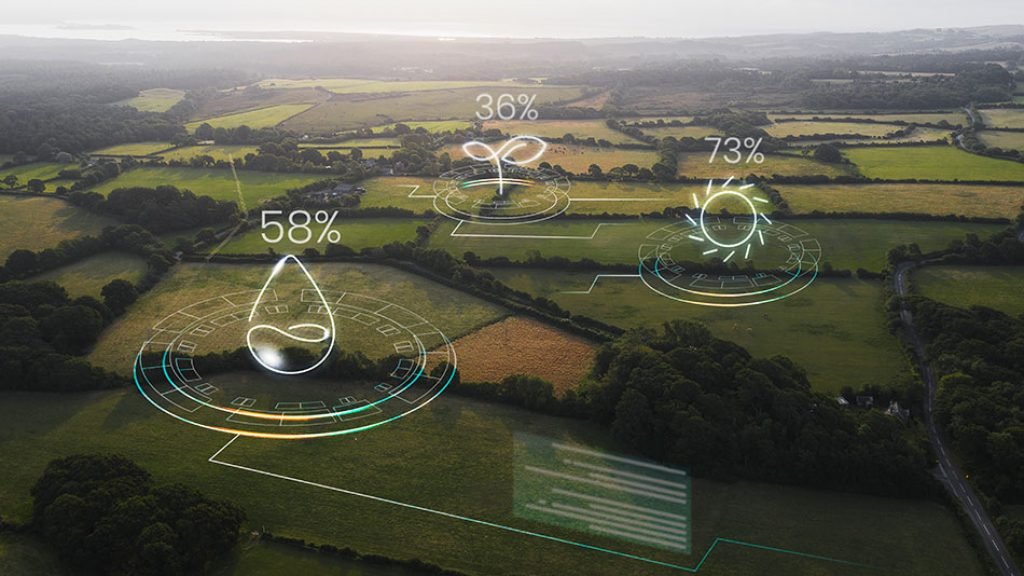
Agriculture is an important industry that employs millions of people around the world. The industry has traditionally relied on manual labor to perform tasks such as planting and harvesting crops. However, there is a growing need for alternative methods of agriculture, as the number of people working in the industry continues to decline. One option for farmers is to use thermal drones to perform tasks such as watering crops and monitoring pests.
Thermal drones are systems that use thermal imaging and mapping technology to help farmers with crop management. They can help farmers identify problems early and make informed decisions about irrigation, fertilization, and pesticide use. Thermal drones are also being used to study plant health and identify pests.
Drones are a powerful tool for agriculture, but they often require human input to operate.
Popular FAQs for drones with Thermal Cameras
What can thermal cameras capture?
Thermal cameras are devices that can capture images of objects and scenes in low light or dark conditions. Images captured with thermal cameras can be used for a variety of purposes, such as security, investigations, and product quality control. Thermal images can be useful for identifying objects, people, and patterns; determining the temperature of an object or scene; and measuring temperature changes over time.
They can also be used in law enforcement to monitor people or vehicles. Thermal cameras can also be used to monitor weather conditions.
What is a thermal camera?
A thermal camera is a type of camera that uses infrared radiation to take pictures. This type of camera is often used in law enforcement and security applications because it can see through smoke and fog. Thermal cameras are also used in industrial applications to monitor processes.
What is a thermal image?
Thermal images are a type of image that use infrared technology to detect changes in the temperature of objects. They can be used to identify objects, assess the temperature of an area, and map out the temperature distribution in an object or area. Thermal imagery can also be used to determine the size, shape, and location of objects.
How does thermal camera work?
Thermal cameras are devices that use IR radiation to image objects. The cameras typically have a long focal length, allowing them to image large objects from a distance. They work by detecting the absorption of infrared radiation by objects.






